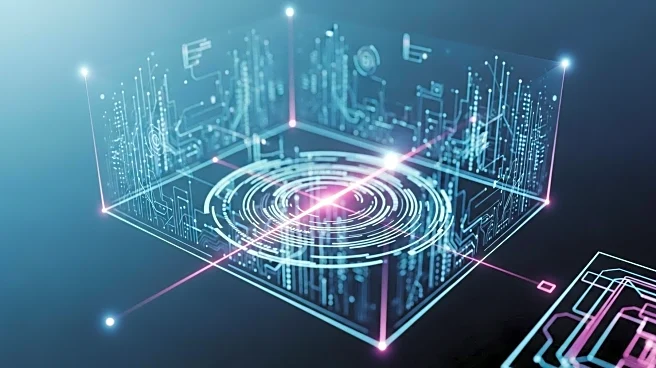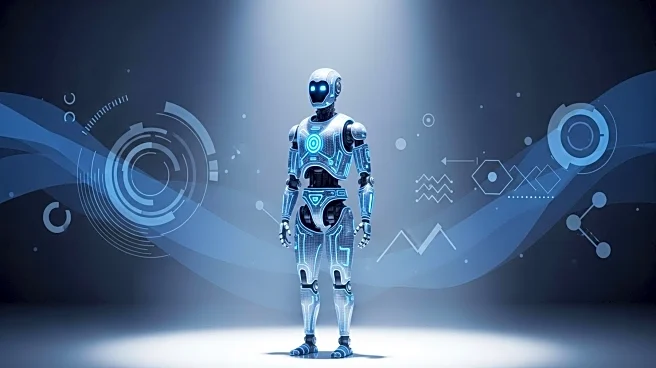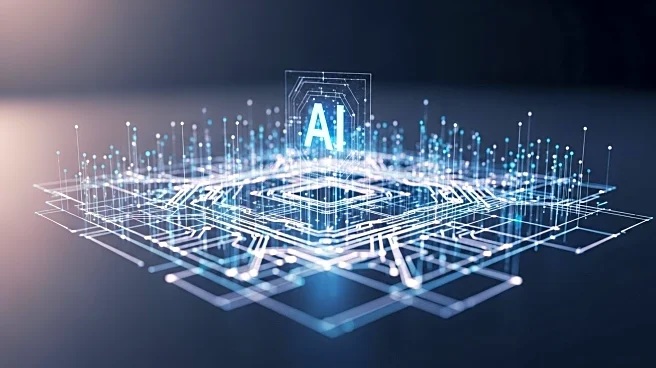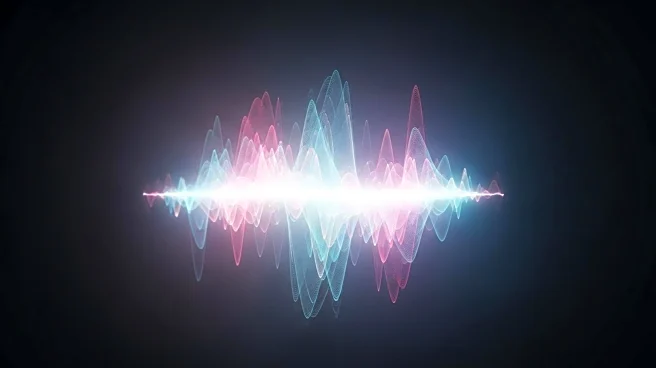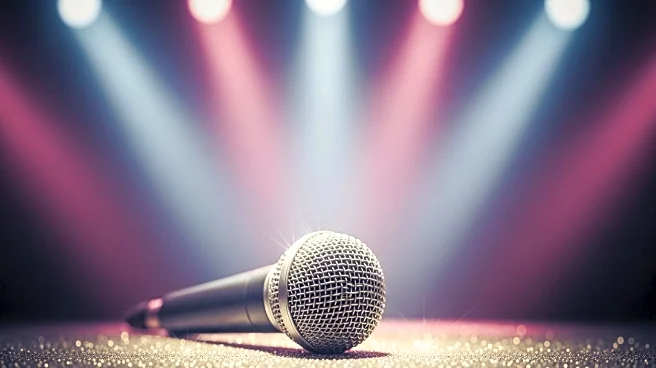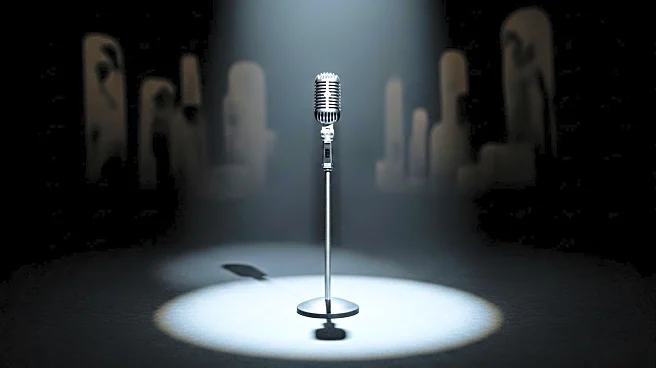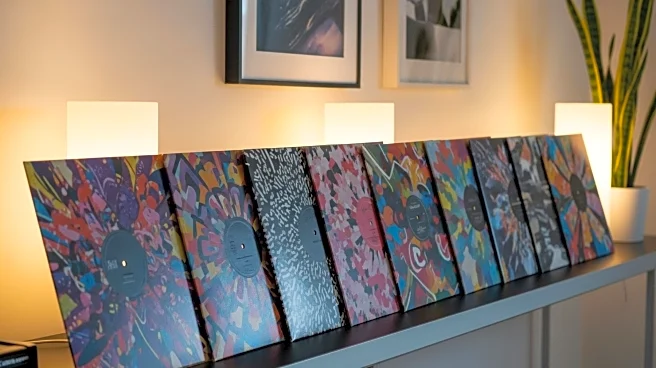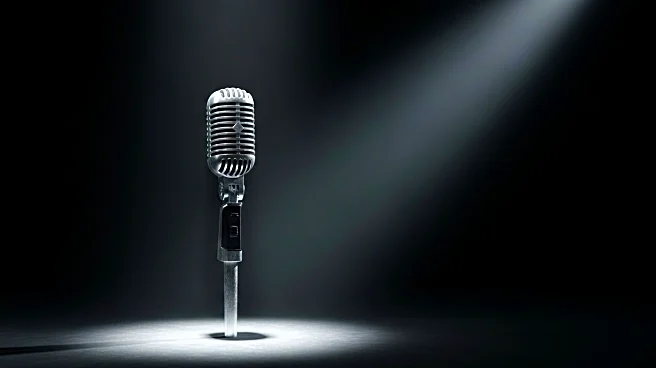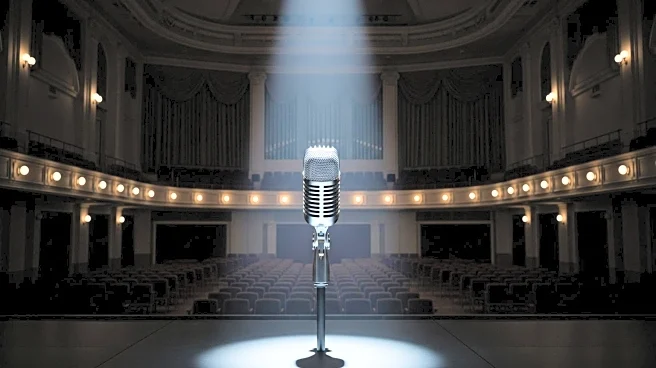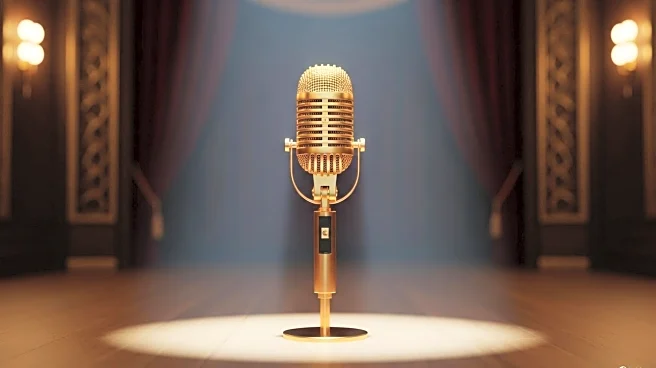What's Happening?
Taylor Swift's latest promotional videos for her upcoming album 'Life of a Showgirl' have sparked controversy among fans who suspect the use of AI-generated imagery. The videos, accessed via QR codes on orange doors in various cities, feature elements that appear to be AI-generated, such as nonsensical text and disappearing objects. While Swift's team has not confirmed the use of AI, the inconsistencies have led to fan investigations and discussions about the potential involvement of generative AI in the promotional material.
Why It's Important?
The alleged use of AI in Taylor Swift's promotional videos raises questions about the role of AI in creative industries and the authenticity of artistic content. As a prominent advocate for artist ownership, Swift's potential use of AI-generated imagery could impact her reputation and influence discussions on the ethical use of AI in art. This situation highlights the growing intersection between technology and creativity, prompting debates on the implications of AI in music and entertainment. For fans and industry stakeholders, the controversy underscores the need for transparency in content creation.
What's Next?
As fans continue to scrutinize the promotional videos, Swift's team may need to address the allegations and clarify the role of AI in the project. The controversy could lead to broader discussions on the use of AI in the music industry, potentially influencing how artists and creators approach technology in their work. If confirmed, the use of AI could prompt Swift to reconsider her stance on artist ownership and explore new ways to integrate technology into her creative process.
Beyond the Headlines
The situation with Taylor Swift's promotional videos reflects broader trends in the entertainment industry, where AI is increasingly used to enhance creativity and production. This development raises ethical considerations about the authenticity of art and the potential for AI to alter traditional creative processes. As AI becomes more prevalent, artists and creators must navigate the balance between innovation and maintaining artistic integrity, ensuring that technology serves as a tool rather than a replacement for human creativity.

